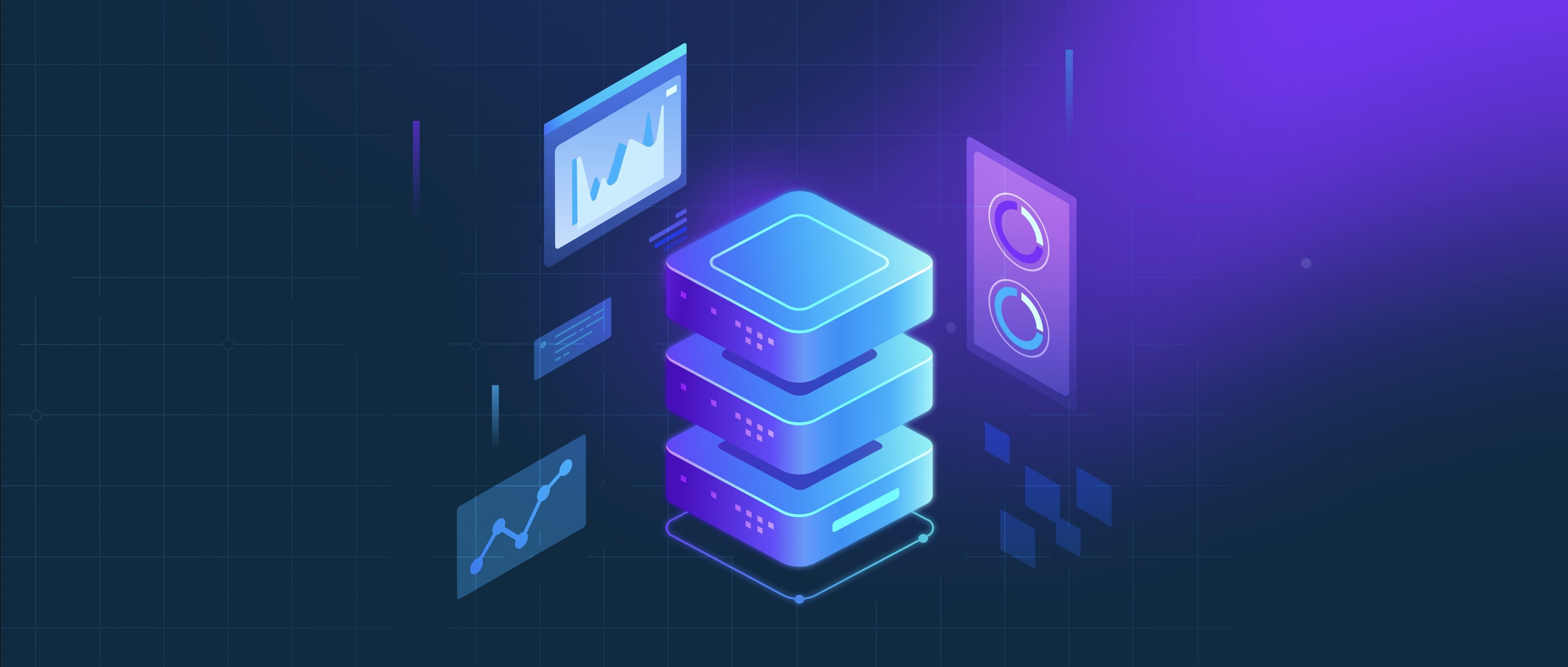Predictive analytics is the practice of using statistical techniques and data mining to analyze historical data and make predictions about future events or behaviors. This field leverages a variety of methods, including machine learning, regression analysis, and time series analysis, to identify trends and patterns in data. By harnessing these techniques, organizations can forecast outcomes, enhance decision-making, and optimize operations based on insightful predictions.
For instance, in retail, predictive analytics can be employed to anticipate customer buying patterns. By analyzing past sales data, seasonal trends, and consumer behavior, retailers can predict what products will be popular during certain times of the year or identify customers who might be inclined to switch brands. This enables businesses to manage inventory more effectively and implement targeted marketing strategies that speak directly to likely buyers. Another example can be found in finance, where predictive analytics helps assess the creditworthiness of loan applicants by analyzing their financial history and behaviors.
To implement predictive analytics, developers typically use programming languages like Python or R, alongside libraries that facilitate data analysis, such as Pandas or Scikit-learn. Setting up a predictive model often involves gathering data from various sources, cleaning and preprocessing that data, choosing appropriate algorithms, and validating the model's accuracy. Developers need to be mindful of the challenges involved, such as ensuring data quality and dealing with biases in the data, which can affect the reliability of the predictions. Overall, predictive analytics provides a valuable toolkit for making informed decisions based on data-driven insights.
